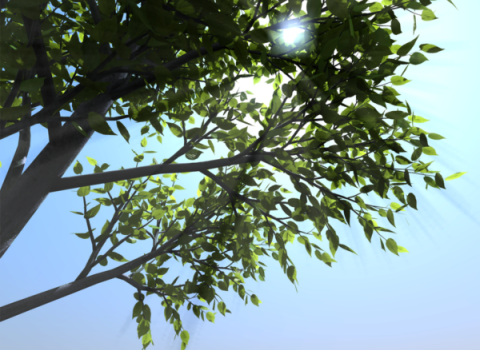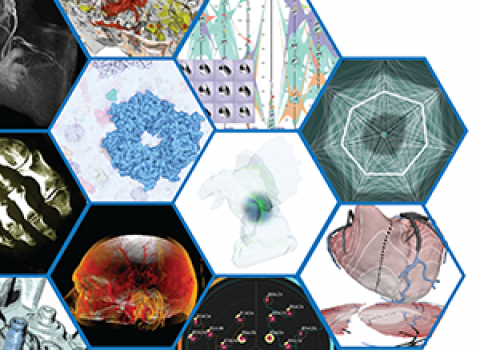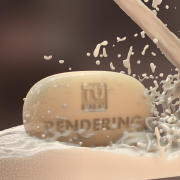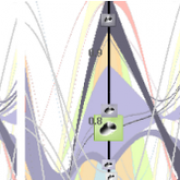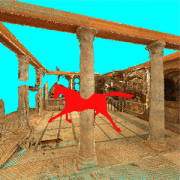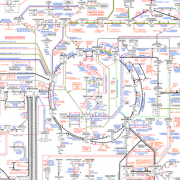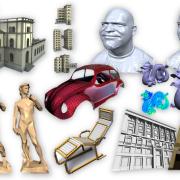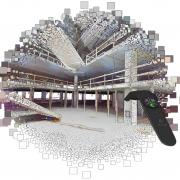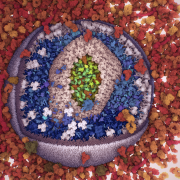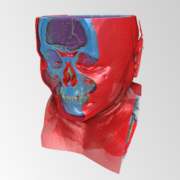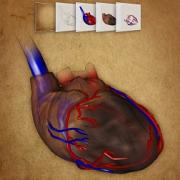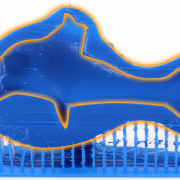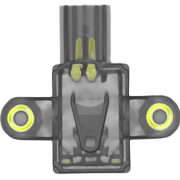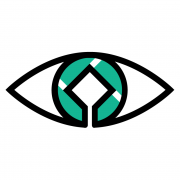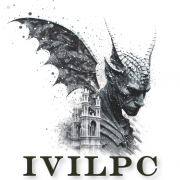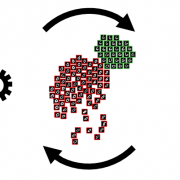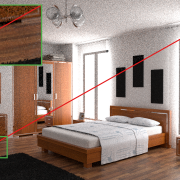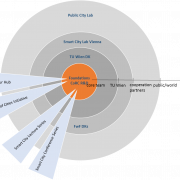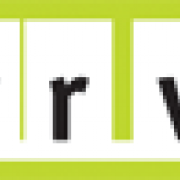Research Areas
- In this area, we concentrate on algorithms that synthesize images to depict 3D models or scenes, often by simulating or approximating the physics of light.
- In this research area, our focus lies on novel visual encodings and interaction techniques to explore a large amount of abstract data, often in combination with analytical reasoning.
- Uses concepts from applied mathematics and computer science to design efficient algorithms for the reconstruction, analysis, manipulation, simulation and transmission of complex 3D models. Example applications are collision detection, reconstruction, compression, occlusion-aware surface handling and improved sampling conditions.
- This research area aims to investigate how to best visualize graph-typed data, both abstractly as well as in domain-specific applications.
- In this area, we focus on researching methods and algorithms that facilitate creation, representation, analysis and processing of 3D models.
In this area, we focus on user experiences and rendering algorithms for virtual reality environments, including methods to navigate and collaborate in VR, foveated rendering, exploit human perception and simulate visual deficiencies.
- In this research area, we develop new visualization techniques to support biologists in data analysis and create visualizations to disseminate scientific discoveries in biology.
- This research area bridges the gap between visualization and medicine by providing comprehensible visual means to detect diseased regions or to aid clinical treatment decisions.
- In this area, our research focuses on understanding and using the capabilities of human perception for designing high-quality graphics algorithms and effective visualizations.
- In this research area, we develop rendering methods that are inspired by scientific illustrations, in order to make complex biological information more intuitive to understand and more pleasant to read.
- The advent of consumer-grade 3D printing has recently sparked interest in fabrication-aware shape design and optimization. We use techniques from computer graphics and engineering to develop new computational tools to facilitate the design process of physical artifacts.
- This research is directed towards visual parameter space analysis, 4D analysis of time varying XCT data, visual analytics of segmentation ensembles, comparative visualization of volume ensembles as well as parameter space analysis of segmentation pipelines.
Research Projects
- Michael Wimmer — -
- Eduard Gröller — -
- Eduard Gröller — -
- Michael Wimmer — -
- Renata Raidou — -
- Eduard Gröller — -
- Manuela Waldner — -
- Eduard Gröller — -
- Manuela Waldner — -
- Michael Wimmer — -
- Michael Wimmer — since
- Werner Purgathofer — since
- Werner Purgathofer — since
Further Information
- Publications
- PhD-theses (running or finished) of our institute.
- Funded projects, listing all current projects.
Outdated stuff
- Older Projects in computer animation, color and other areas.
- Older Projects in visualization.
